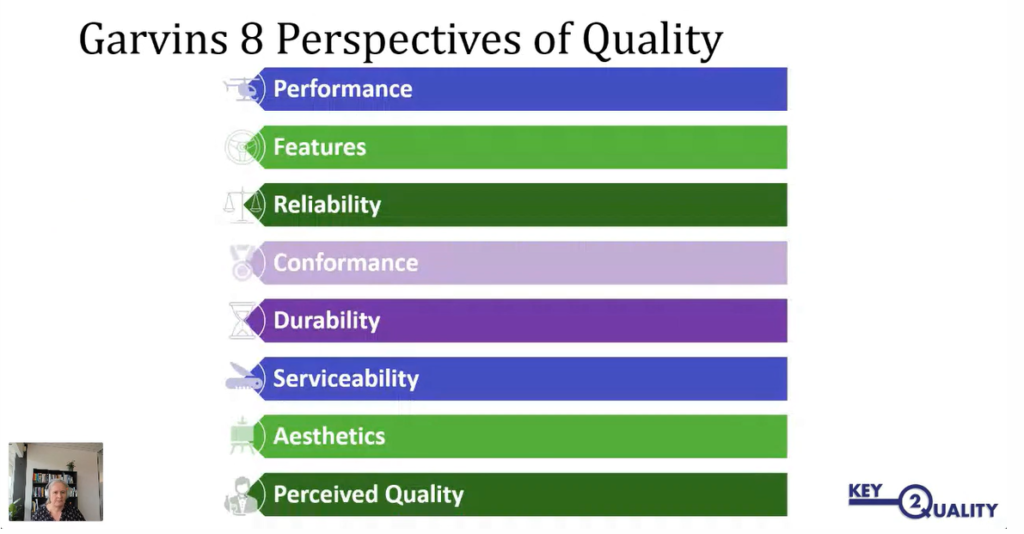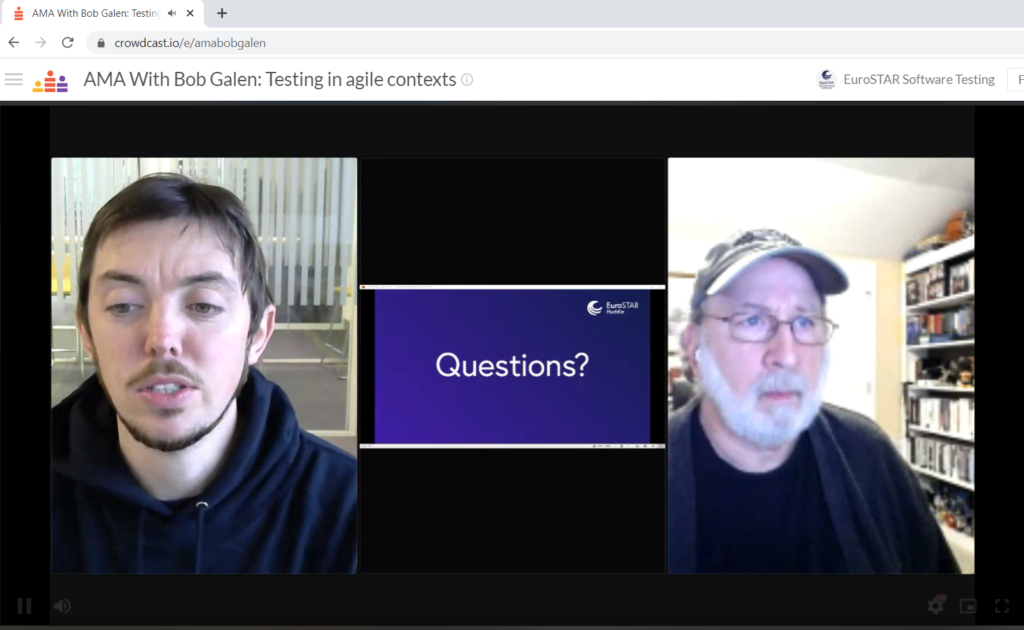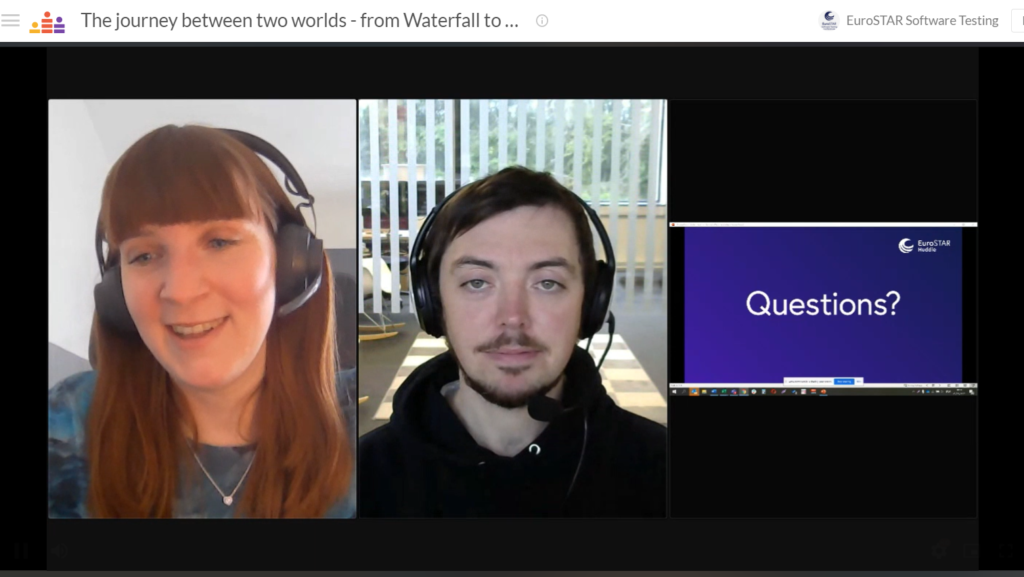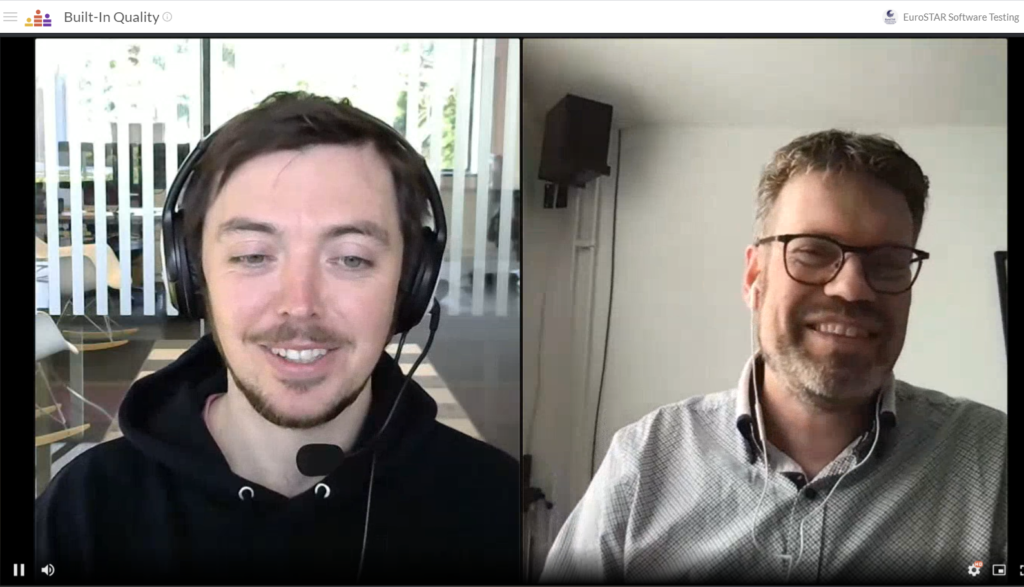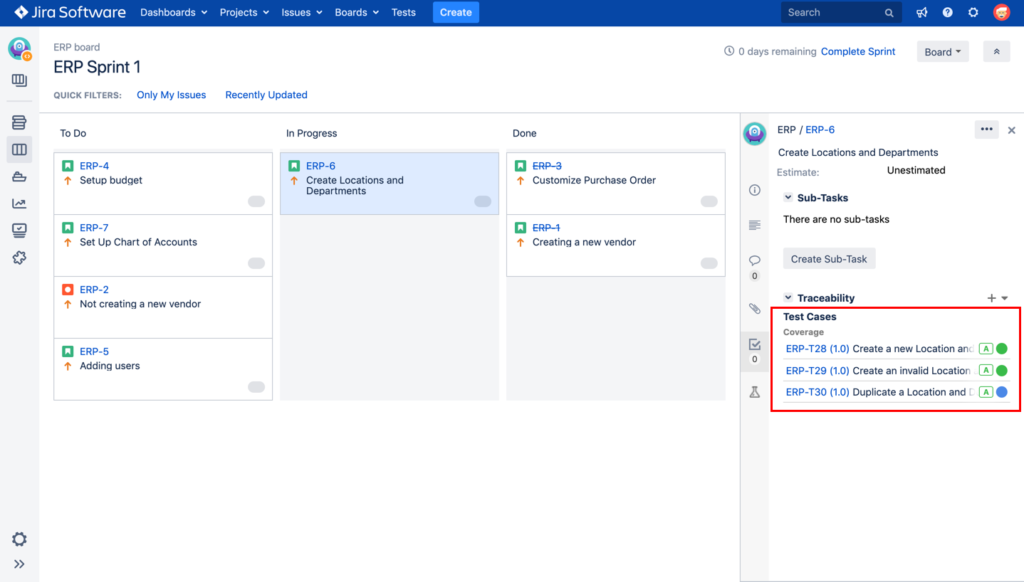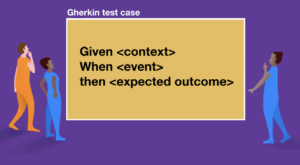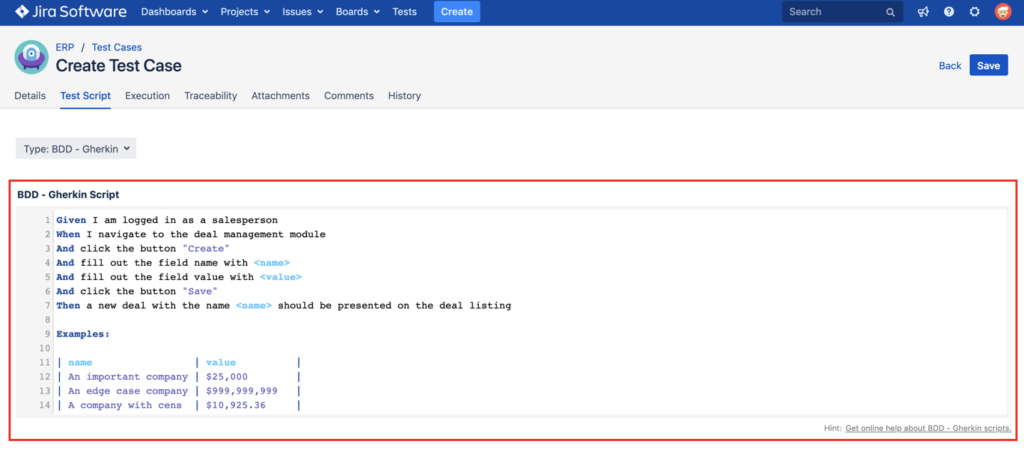Thanks to OpenText / MicroFocus for providing us with this blog post.
[Disclaimer: The future described in this article is the author’s personal view and is by no means any indication of OpenText products’ direction.]
Happy 2023 to the community! The beginning of a year is always the time to think big and look into the future. Last year, I wrote about three 2022 trends that’ll change test management, all of which continue to gain momentum. So far, you’ve heard 2023 predictions from analyst firms, consulting firms, and others. Among those trending IT keywords, I picked a few important ones to share with you. These words may not be new. But they have become even more important in today’s challenging business environment. Putting them together, we can see new ways of developing, testing, and measuring software.
Industry Cloud Booms
Gartner defines industry cloud platforms as modular, composable platforms supported by a catalogue of industry-specific packaged business capabilities. Packaged business suites are not new. The ERP suites from SAP, Oracle, and other vendors are well-known examples. Industry cloud platforms offer a rich set of industry-specific capabilities from many vendors and a place to compose and deliver business applications faster. Enterprise integration PaaS gives you the tools to easily integrate those industry components to form your application with low code or no code.
Cloud is the marketplace of other good stuff too, including AI and data analytics capabilities. Container technologies let you deploy your applications easier and swap out a defective module quickly.
Leveraging the industry cloud shortens the cycle to deliver value and lets you focus on innovation instead of the underlying mundane tasks. Some industry cloud platforms are already full-fledged, including the SAP Industry Cloud and Microsoft Cloud for industries. Companies with deep industry knowledge, like Deloitte, also join the play with their industry solutions.
When your application is built in this way, a focus of testing is verifying the business processes—the “wiring” you composed—and the testers are likely business users. Tools to efficiently verify business processes will find many new places to shine. Testers of all skill levels will appreciate the ability to manage complex interdependencies and save efforts with a component- or model-based approach. Model-based testing directly generates test cases from your business process model and automates them. Expect it to become more common in 2023.
With cloud platforms for building applications fast, you won’t want to lose momentum in the testing part. That’s why cloud-based testing and device farm are your choice.
Observability-Driven Development
The concept of observability has been around for decades. But it recently got popular in the cloud world because it allows people to observe the health of cloud-based systems by analyzing logs and correlating events. Now observability has come to software too, with observability-driven development (ODD). By adding a small amount of code for instrumentation, the development team can observe what’s happening when the application runs in the production environment in the cloud. When there is any issue with the app, observability helps identify the cause quickly and accurately—pinpointing the specific code in question.
ODD is yet another way to strengthen the feedback loop from Ops to Dev. ODD is also said to be a way to test in production, i.e., shift-right testing. The biggest advantage of testing in production is that you have real data and the same environment as customers use. Such observability is also valuable when you test in staging environments. We’ll see more test management or DevOps governance tools incorporate observability data into their data repository for analytics and insights in 2023.
FinOps Meets Value Stream Management
The word FinOps combines “Finance” and “DevOps,” stressing collaboration between business and engineering teams.
FinOps started when cloud service providers and other vendors wanted to provide a way of managing finances for a company’s cloud-based systems. It’s meant to help organizations find the best spending model for achieving their business goals. OpenText HCMX supports FinOps.
I expect to see FinOps and value stream management (VSM) converge sometime in the future. Both are extensions of DevOps. FinOps focuses on managing your costs against business value, while VSM focuses on eliminating bottlenecks and wastes during the process of delivering business value. With both sets of data, you can optimize the cost performance of your application. For example, when you’re unsure whether it’s more efficient to outsource a certain part—such as testing—FinOps and VSM data will likely give you a clear answer.
What’s Next?
You may have noticed that all of the above are related to the cloud. Why? Challenges in the global economy are driving more cloud adoption. The cloud has become the frontier of innovation. Every enterprise that wants to win and lead must embrace the cloud. OpenText software quality solutions went the SaaS model to serve customers who are moving to the cloud in two ways—reducing tooling cost and increasing speed.
Stay tuned on what’s happening with OpenText cloud solutions, especially the ValueEdge platform, in which you will find the most innovative software quality capabilities from OpenText at the earliest.
What is your organization’s cloud initiative? We are here to help. Contact us to discuss details.
Author

Ying Lei
Ying Lei is a senior product marketing manager at OpenText who specializes in test management, application lifecycle management, DevOps and value stream management.
OpenText is an EXPO Gold partner at EuroSTAR 2023, join us in Antwerp
